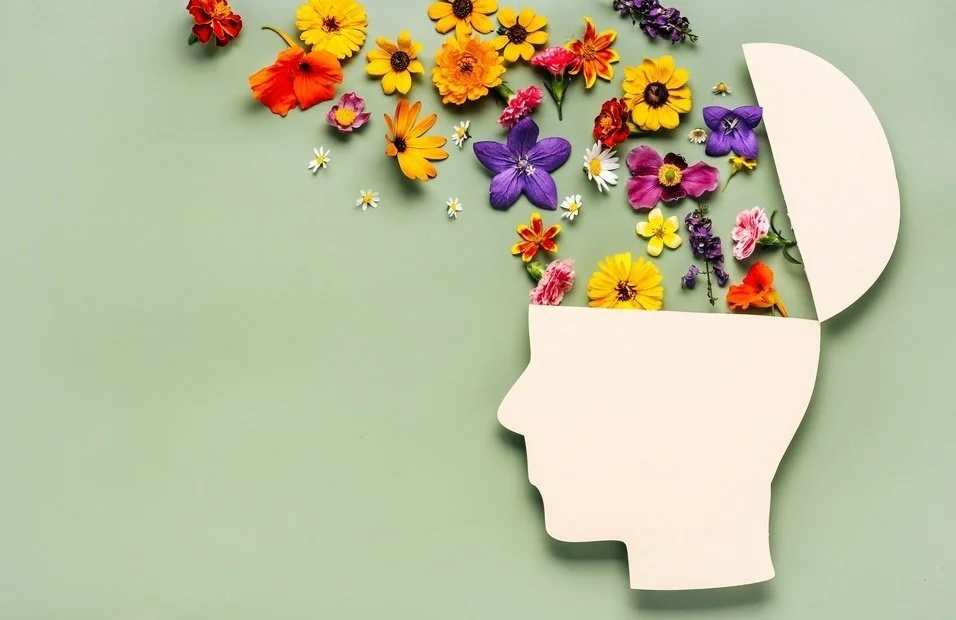How Mental Health Changes with Seasons
Fall is a transitional season – the air gets cooler, the leaves change to bright reds, oranges, and yellows. This season of change can also trigger changes in our mental health.
According to Mayo Clinic, if you're like most people with SAD, your symptoms start in the fall and continue into the winter months, sapping your energy and making you feel moody. In the summer and spring, your mood lifts and SAD no longer affects you. Very rarely, SAD causes depression in the spring and early summer that’s resolved during the fall or winter months.
About four to six percent of people have SAD, and another 10 to 20 percent have a mild case of it. It is more common in women than men and affects people in northern climates more, according to the American Academy of Family Physicians.
Even if you’re not diagnoses with Seasonal Affective Disorder, the changing of seasons can still make you feel down. In most places, the weather is colder, and the sun sets earlier with later mornings and longer nights. It can feel languishing.
Languishing is a new term people use to describe dull feelings of ‘blah’ that affects motivation and the ability to focus. On the emotional spectrum, languishing falls right in the middle between positive mental health and depression. This feeling can mirror depression by manifesting itself into avoidance of social and professional activities.
The good news is, if you’re feeling down this winter, it’s okay. You are not alone. There are plenty of ways you can boost your mental health and lift feelings of languish.
How You Can Stay Mindful This Season
1. Create Art
Even if you’re an adult, creating art can be a great channel to work through your mental health struggles. You can express your art in any way you prefer, whether it’s painting, drawing, scribbling, or just doodling. You don’t need to be an artist to experience the benefits of art making.
Start with expressing the aspects of fall and winter you enjoy. If you love the changing leaves, draw a tree line landscape with pops of bright red, yellow, and orange leaves. If you’re a fan of frosty mornings, try drawing snowflakes in beautiful blues.
Art therapy integrates art-making and sensory experiences into a mental health setting such as personal therapy. These exercises can provide a form of expression or an outlet for your feelings.
2. Journal
Journaling is another great way for us to work through our mental health struggles. Feelings can be hard to put into works but working to identify them every day can help us understand them. No feelings are inherently bad or good, they’re just feelings.
If you’ve been feeling down since fall started, try journaling at the end of the day. Pick one emotion you felt that day and describe the feelings that coincided with it.
3. Spend Time Outside
Connecting with nature is another great way to curb the fall or winter ‘blues.’ If weather permits, try getting outside for at least 15 minutes a day. It can be a bike ride, walk, or even just sitting on a back patio.
According to the American Psychological Association, exposure to nature has been linked to a host of benefits, including improved attention, lower stress, better mood, reduced risk of psychiatric disorders and even upticks in empathy and cooperation.
If you or someone you love is experiencing Seasonal Affective Disorder or feelings of languish over the changing seasons, please reach out to us. Our team of therapists is here to provide support and guidance. We look forward to connecting with you.






